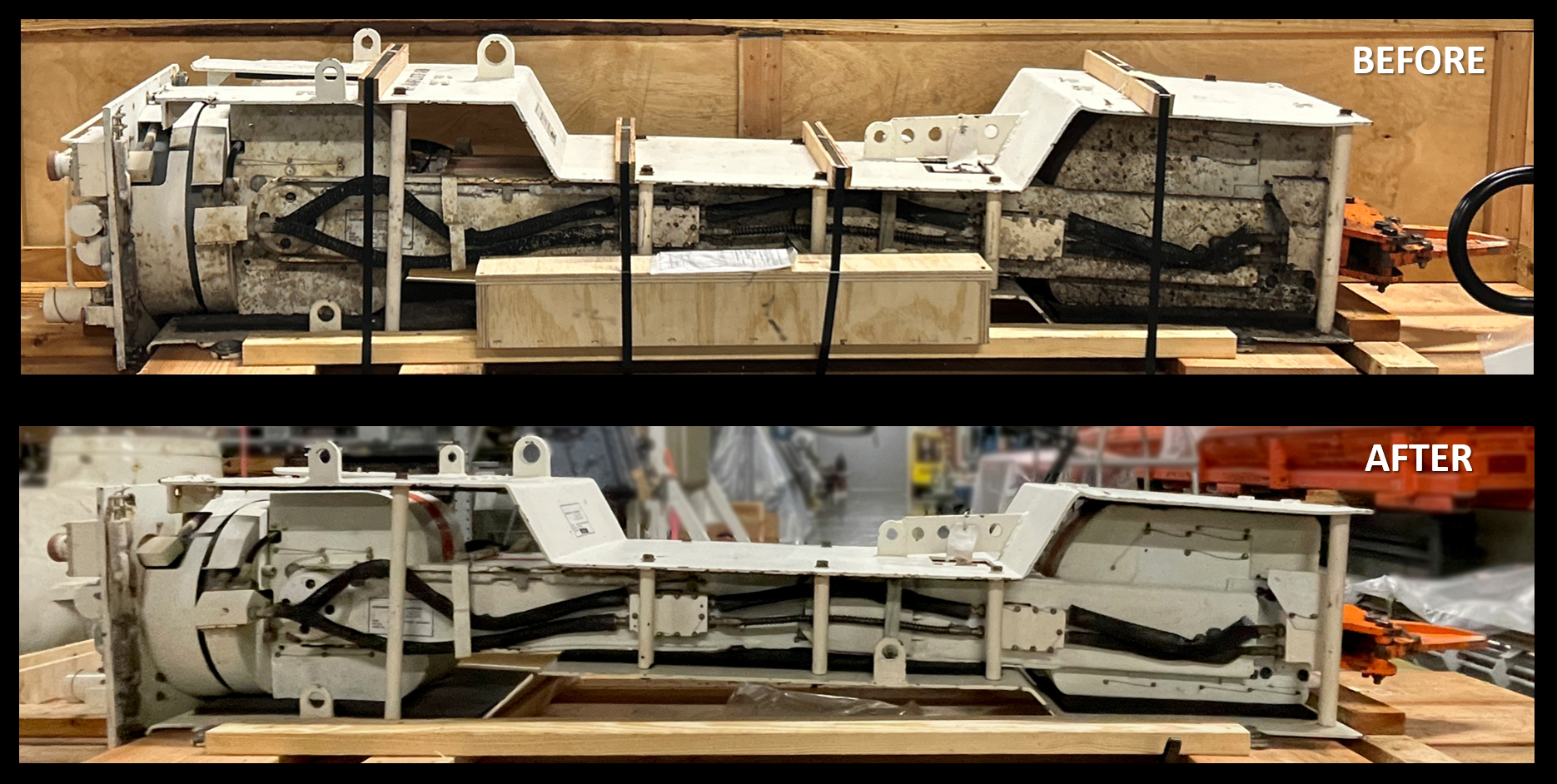By Beth Sanders, Collections Manager
Drop everything – the conservators are here! It’s an exciting day when they show up, as we don’t have a conservator on our museum’s staff. NHHC has a team of excellent conservators, but they are based in Richmond, VA and Washington, D.C., which would be an expensive project to pursue if we had to cover their travel. We are lucky enough, however, that there are a small number of conservators in the Seattle area who are trained in what they refer to as ‘modern materials’, and we refer to as ‘most of our collection’. Metals, rubbers, synthetics, and plastics, our collection includes some very durable objects and some very temperamental ones, especially when you have artifacts made up of two or more modern materials. These professional conservators combine a high level of care for historic items with a scientific understanding of material properties. So on the days where we have a funded conservation project taking place, our collections managers are overjoyed!
This month we had two conservators spend a few days at the museum working on an artifact together. While common reasons for conservation projects are to prepare an object for exhibit, loan, or shipment, this project was a proactive treatment. Having arrived to our collection from Connecticut after spending multiple winters in the snow, the dirt, grime, and corrosion were speeding up its natural deterioration processes, and we planned this project to slow them back down.

The object? A manipulator arm from submersible NR-1, and after two days of work, the evidence is in the photos. While it was not possible to get rid of the corrosion layer under the paint, using a corrosion convertor helps slow it down and limit the damage. Cleaning was a major undertaking, but the evidence speaks for itself. The object is now in a better aesthetic condition, but more importantly, it is also in better structural condition to stay with us and tell NR-1’s story, whether to researchers or social media users in the near term, or perhaps one day in an exhibit. Collections staff do everything we can to care for our collection, and this project was another win for the artifacts!
